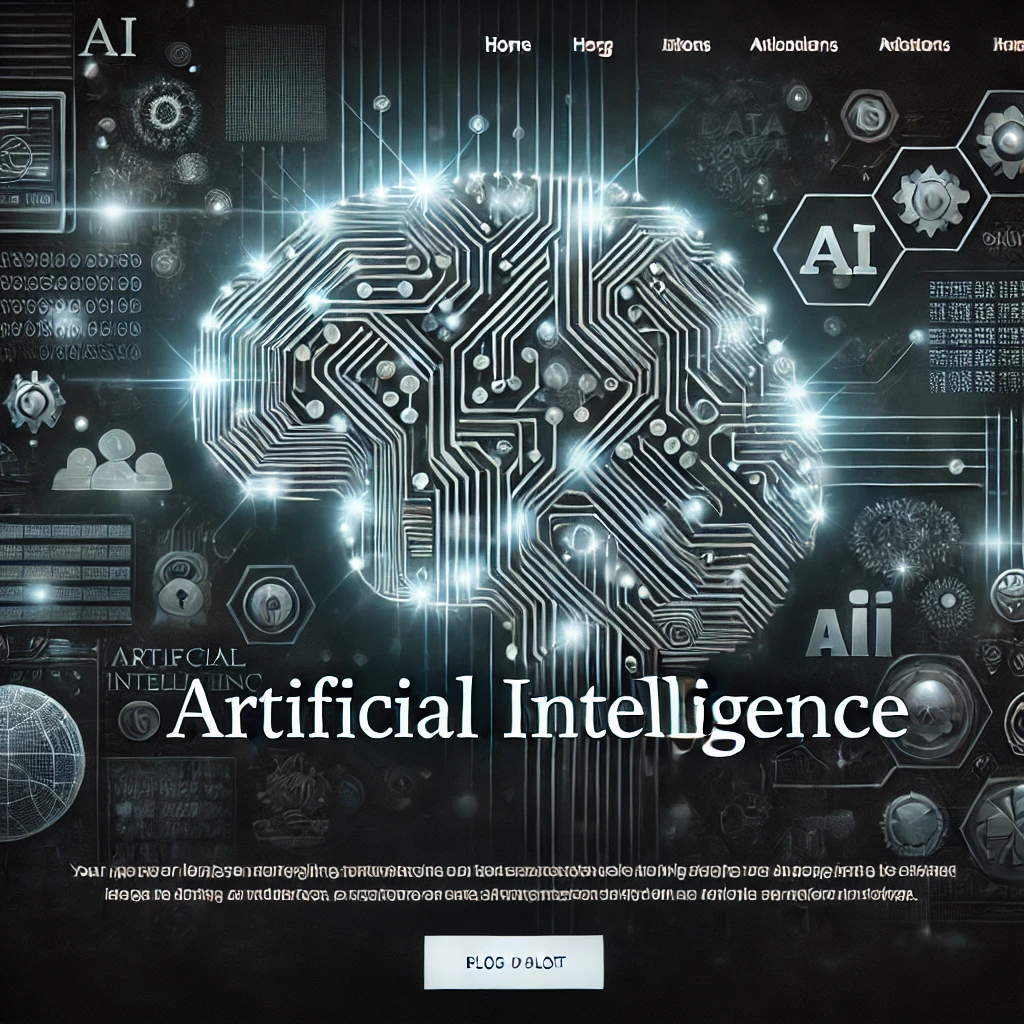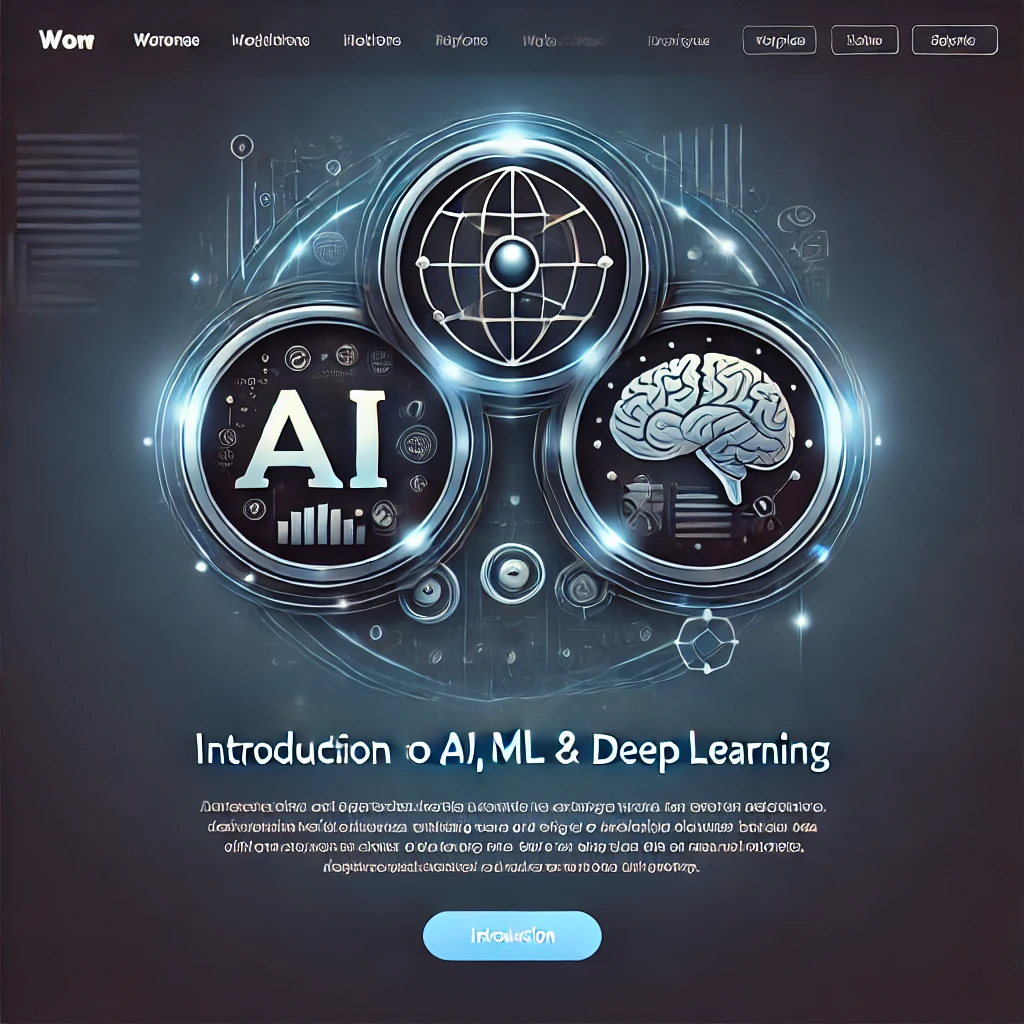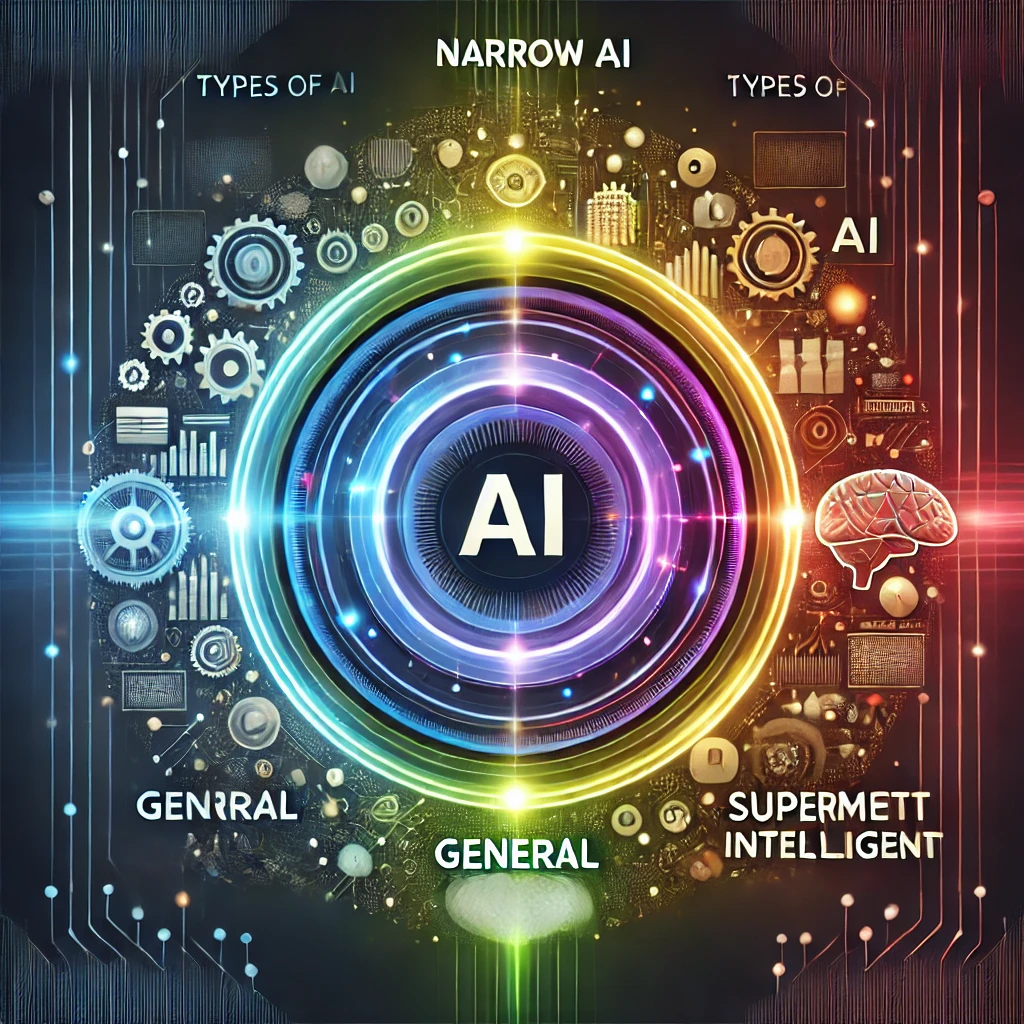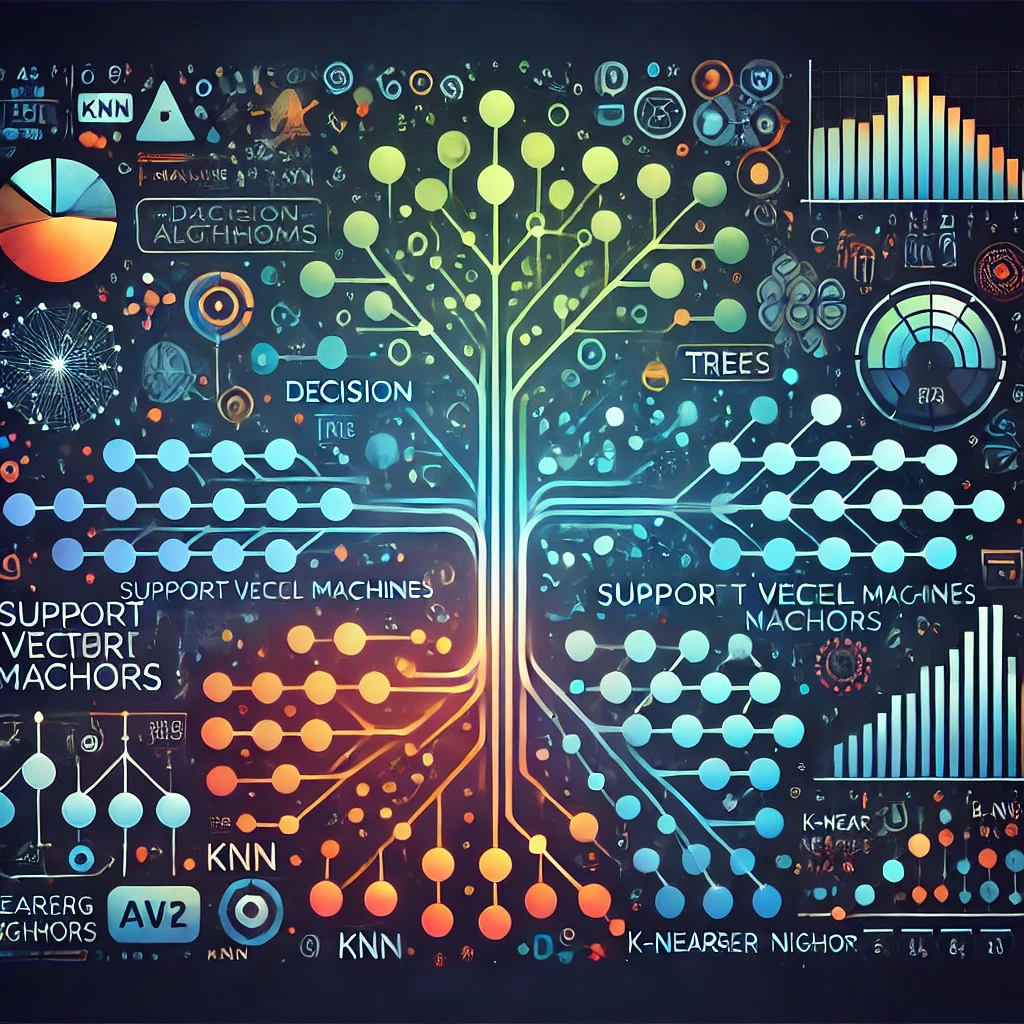Data Collection and Labeling: Gathering and Preprocessing Data for ML Model Training in Web Applications
In the ever-evolving landscape of web applications, machine learning (ML) plays a pivotal role in enhancing user experiences and automating various processes. However, the journey to developing an effective ML model begins long before training occurs—at the data collection and labeling stage. This article will delve into the significance of gathering and preprocessing data specifically for ML applications deployed on the web.
The Importance of Data in Machine Learning
Machine learning operates on the principle that the better the data, the better the trained model. Quality data fuels technological wonders such as chatbots, recommendation systems, and image recognition services, which have become staples in modern web applications.
Why Quality Data Matters
- Improved Accuracy: Clean, well-labeled data improves the model’s ability to make accurate predictions.
- Enhanced Generalization: Quality datasets help the model to generalize better on unseen data.
- Reduced Overfitting: Properly curated data helps mitigate the risk of overfitting, ensuring the model performs well in real-world scenarios.
Data Collection Methods
When embarking on the data collection journey for a machine learning project, several methods can be employed:
- Surveys and User Interactions: Direct feedback from users can provide valuable data, especially for behavioral models.
- Web Scraping: Automated scripts can gather data from websites for analysis, suitable for projects that require specific, publicly accessible information.
- APIs and External Datasets: Utilizing APIs from third-party services provides curated datasets that may align with your machine learning project’s goals.
- IoT Devices: Data from IoT sensors can be leveraged, especially in fields such as healthcare and smart home applications.
Data Labeling: The Key to Supervised Learning
Once data is collected, the next step is labeling. In supervised learning, labeled data acts as the foundation that facilitates the model learning process.
Labeling Techniques
There are multiple methods available for data labeling:
- Manual Labeling: Human annotators review and label data samples, ideal for small datasets but can be time-consuming and error-prone.
- Crowdsourcing: Platforms like Amazon Mechanical Turk enable large-scale manual labeling, tapping into a diverse range of contributors.
- Automated Labeling: Techniques such as rule-based functions or pre-labeled datasets can be applied to expedite the labeling process.
Data Preprocessing Techniques
Data preprocessing is critical to ensure that the ML model receives data in an optimal form for training. Key preprocessing steps include:
- Data Cleaning: Removing irrelevant, erroneous, or noisy data points that could skew the model’s understanding.
- Normalization: Scaling numerical data to a uniform range to ensure that all features contribute equally.
- Encoding Categorical Variables: Transforming categorical variables into a numerical format that can be understood by the learning algorithm.
- Splitting the Dataset: Dividing the data into training, validation, and test sets to evaluate model performance effectively.
Challenges in Data Collection and Labeling
Despite its critical importance, data gathering and labeling come with their own set of challenges:
- Data Privacy: Compliance with regulations like GDPR is essential to ensure user data is managed responsibly and ethically.
- Ill-Defined Requirements: Vague objectives may lead to the collection of irrelevant data, impacting the model’s effectiveness.
- Scalability: As web applications grow, the volume of data can become overwhelming, necessitating scalable solutions for data collection.
The Future of Data Collection and Labeling
As technology advances, the future of data collection and labeling will likely see the integration of more sophisticated methods:
- AI-Assisted Labeling: AI tools will provide automated labeling capabilities that can learn and adapt to new data.
- Federated Learning: This technique allows models to be trained on data without transferring it from user devices, enhancing privacy.
- Blockchain for Data Integrity: Blockchain could offer solutions for data provenance, ensuring the data used in ML training is genuine.
Conclusion
Data collection and labeling form the backbone of successful machine learning models in web applications. By focusing on high-quality data gathering and meticulous labeling, developers can significantly enhance their models’ performance. As we continue to embrace benefits from machine learning, the importance of effective data strategies will only grow.




